Luxembourg travel tips
Luxembourg travel tips: Small, landlocked European country known for its picturesque landscapes, prosperous economy, multicultural society, and medieval castles.
Cantons 🌎
Luxembourg travel tips. Here is a list of all the cantons of the Luxembourg.
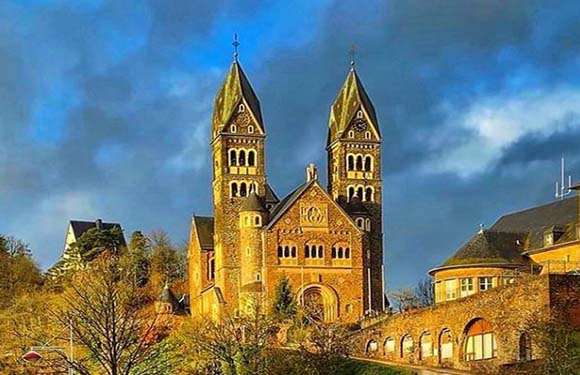
Luxembourg
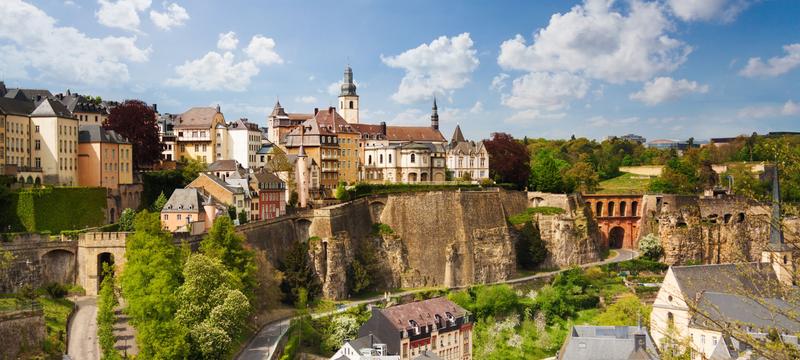
Capellen
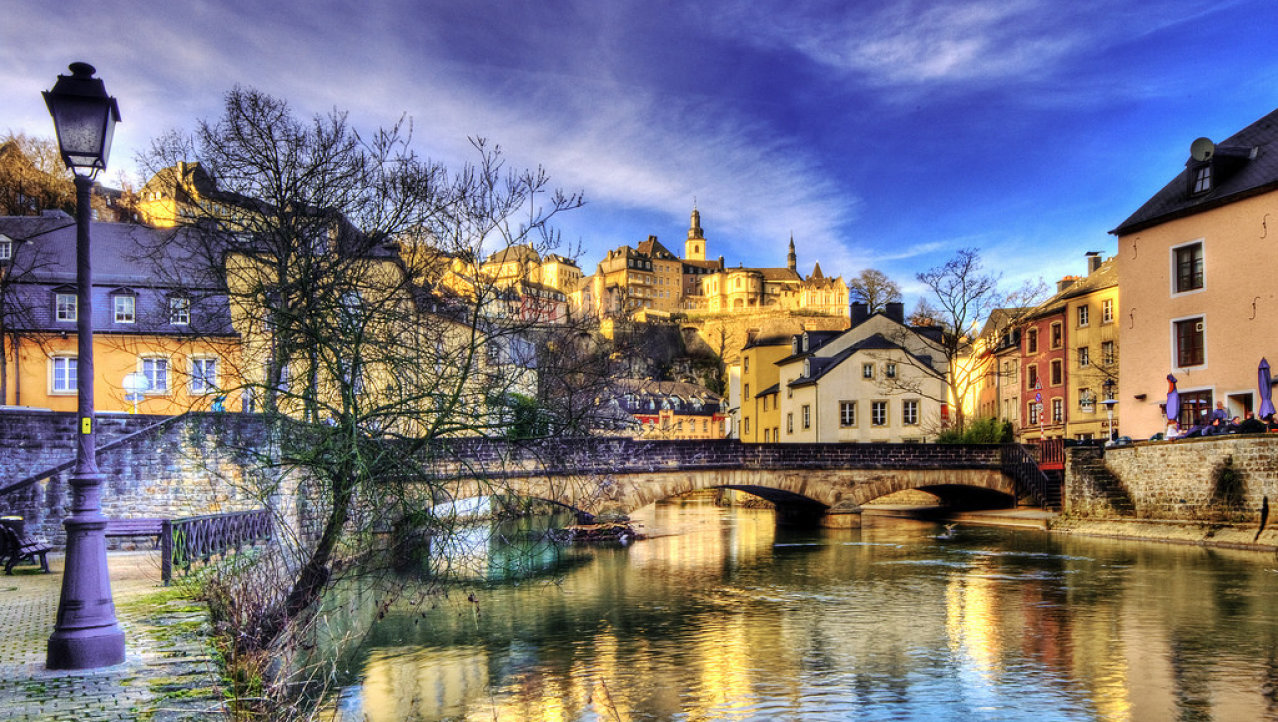
Esch-sur-Alzette
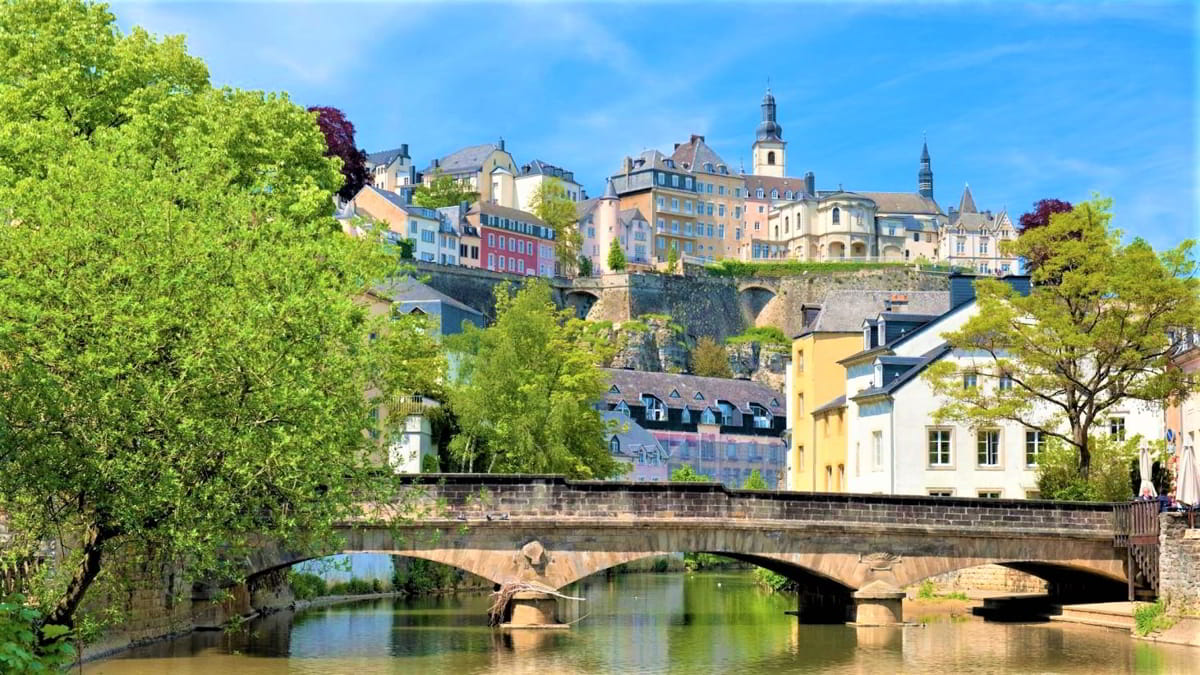
Mersch
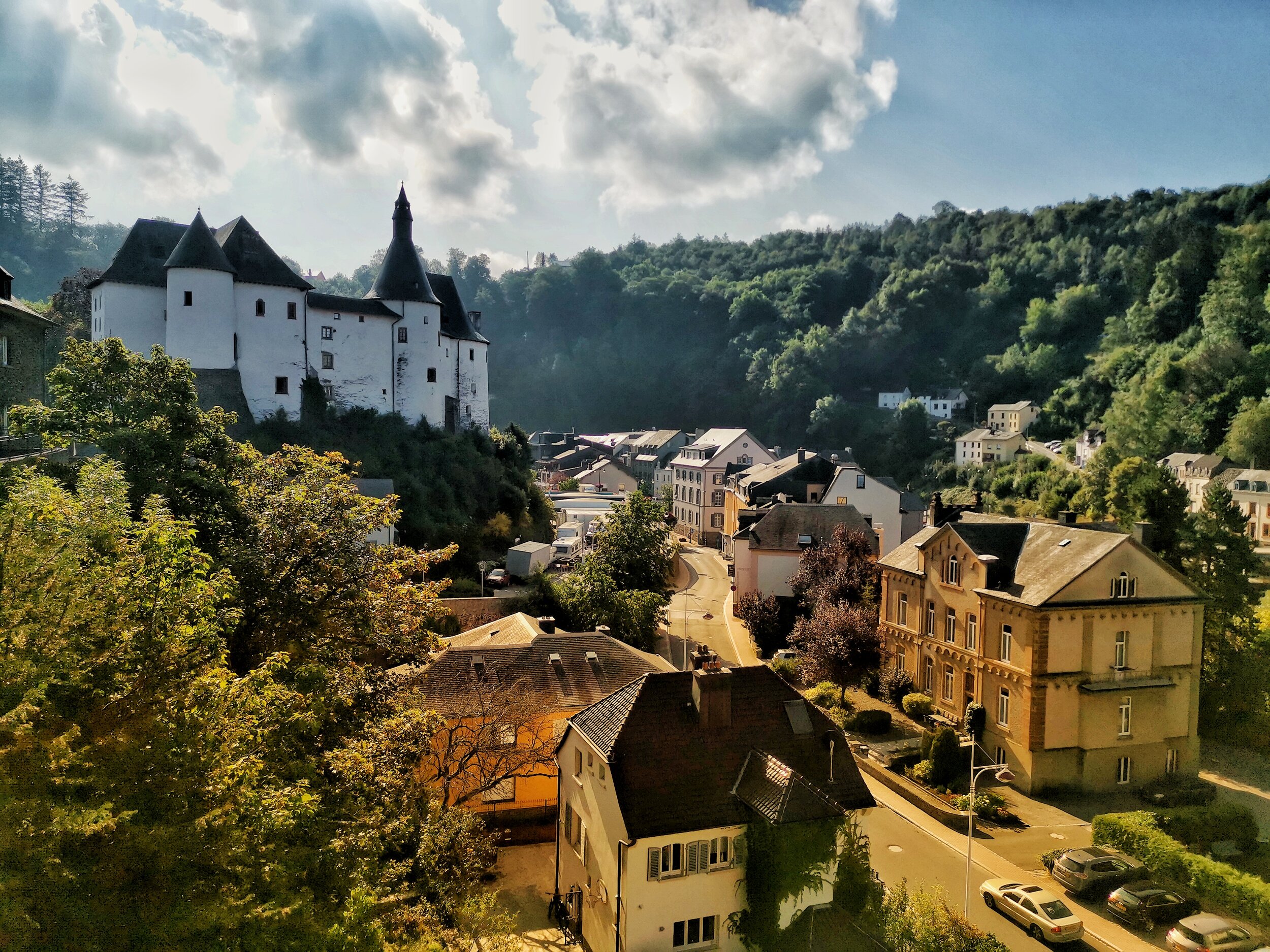
Clervaux
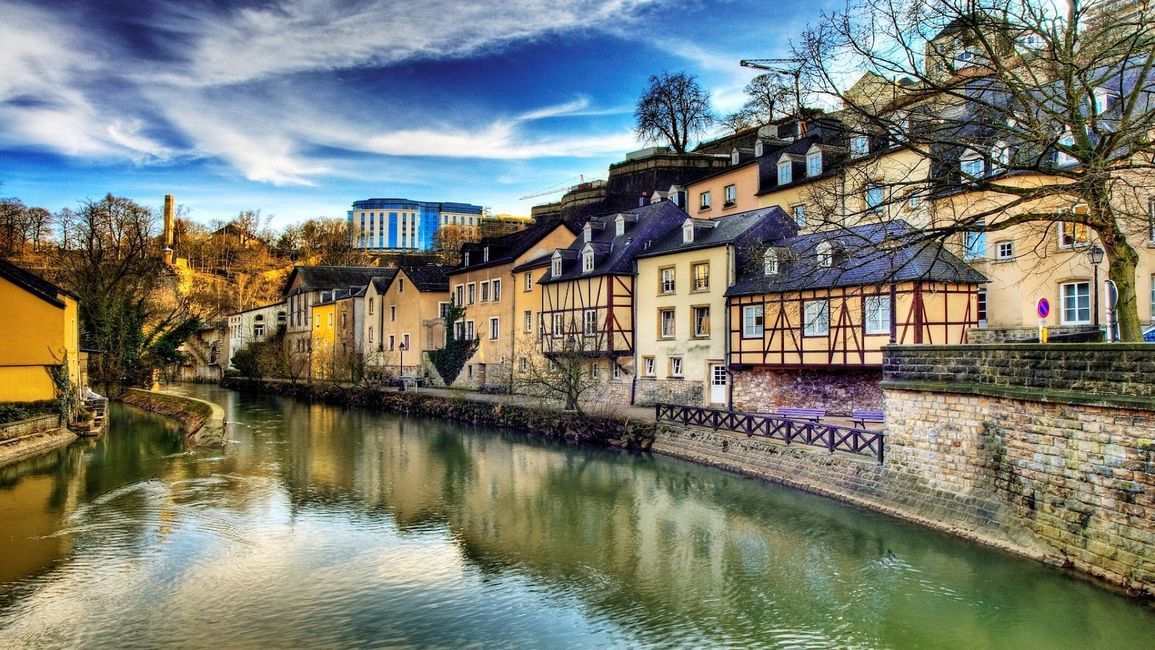
Diekirch
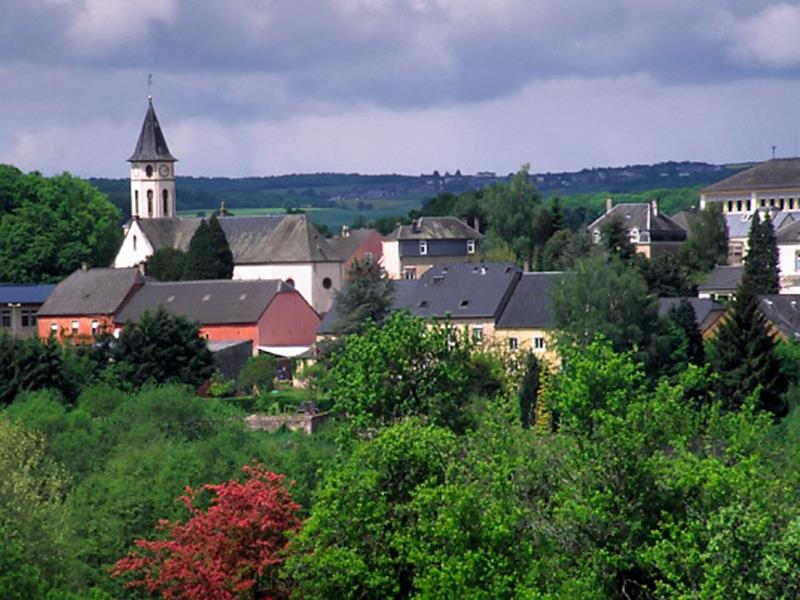
Redange

Vianden
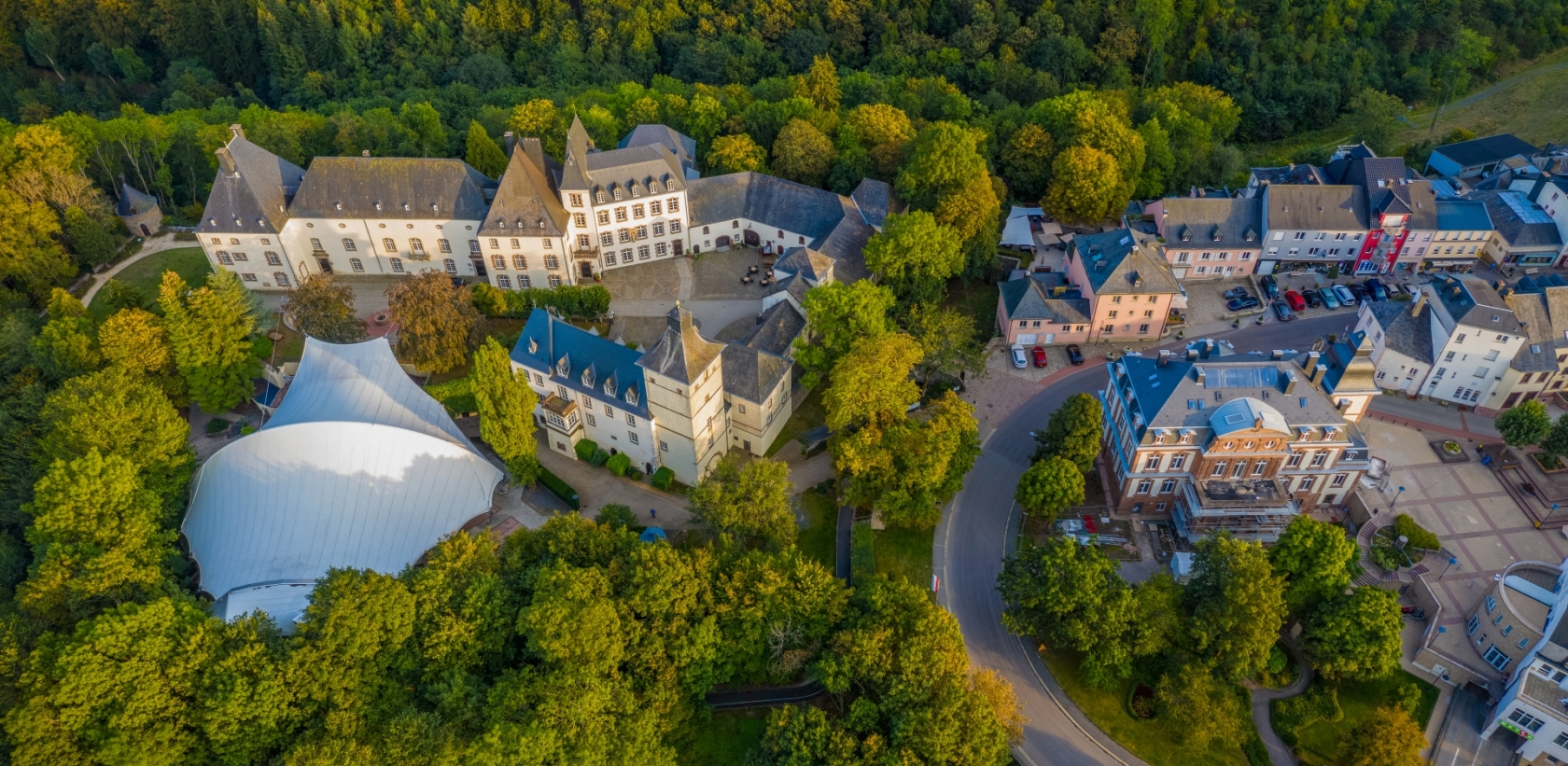
Wiltz
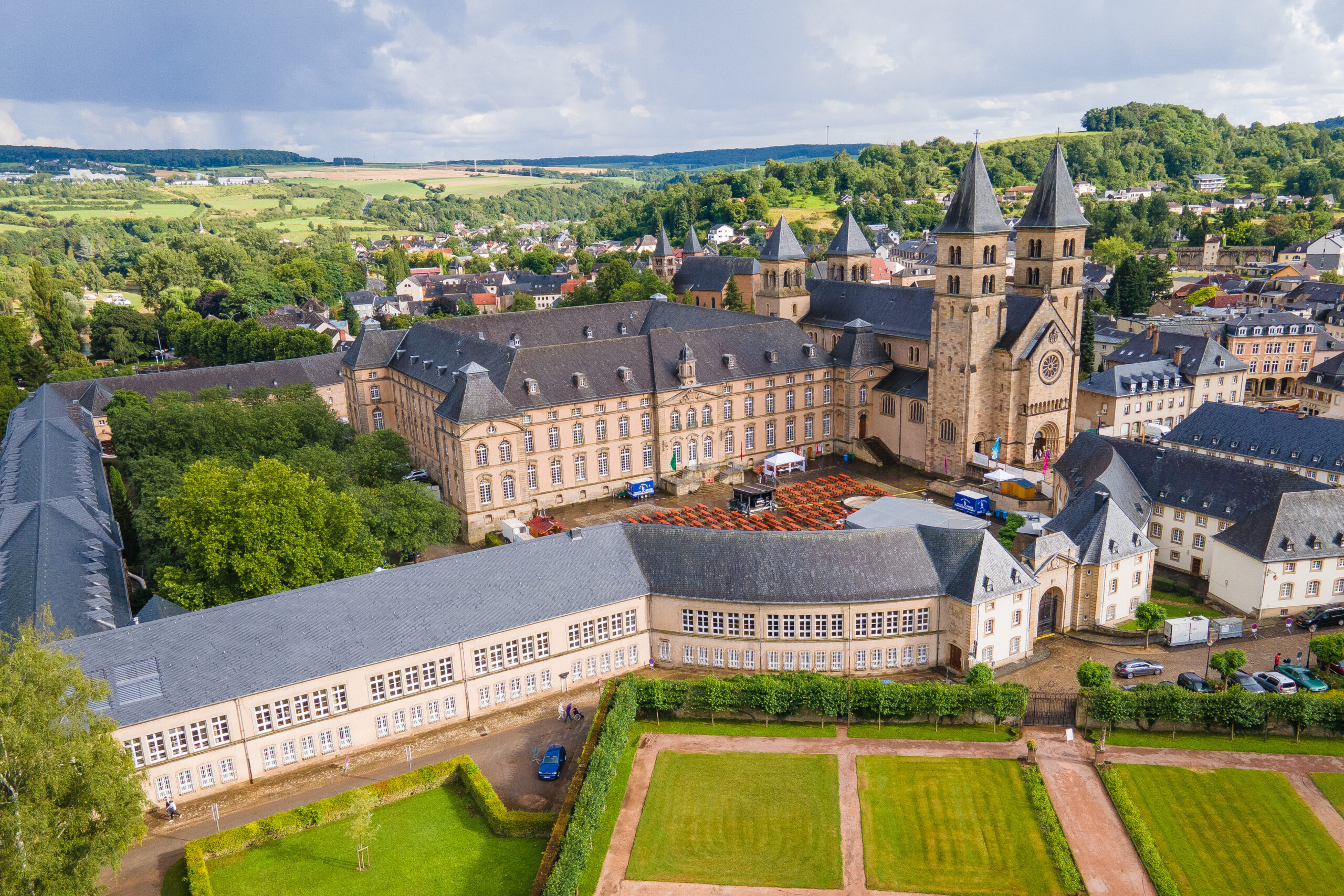
Echternach
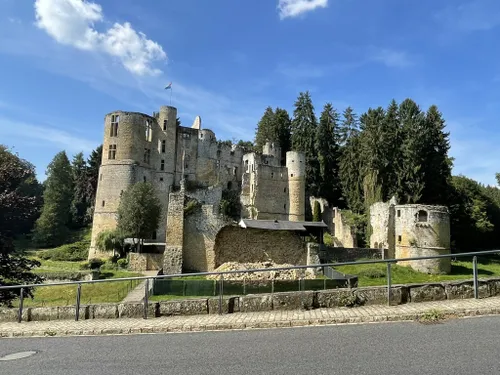
Grevenmacher
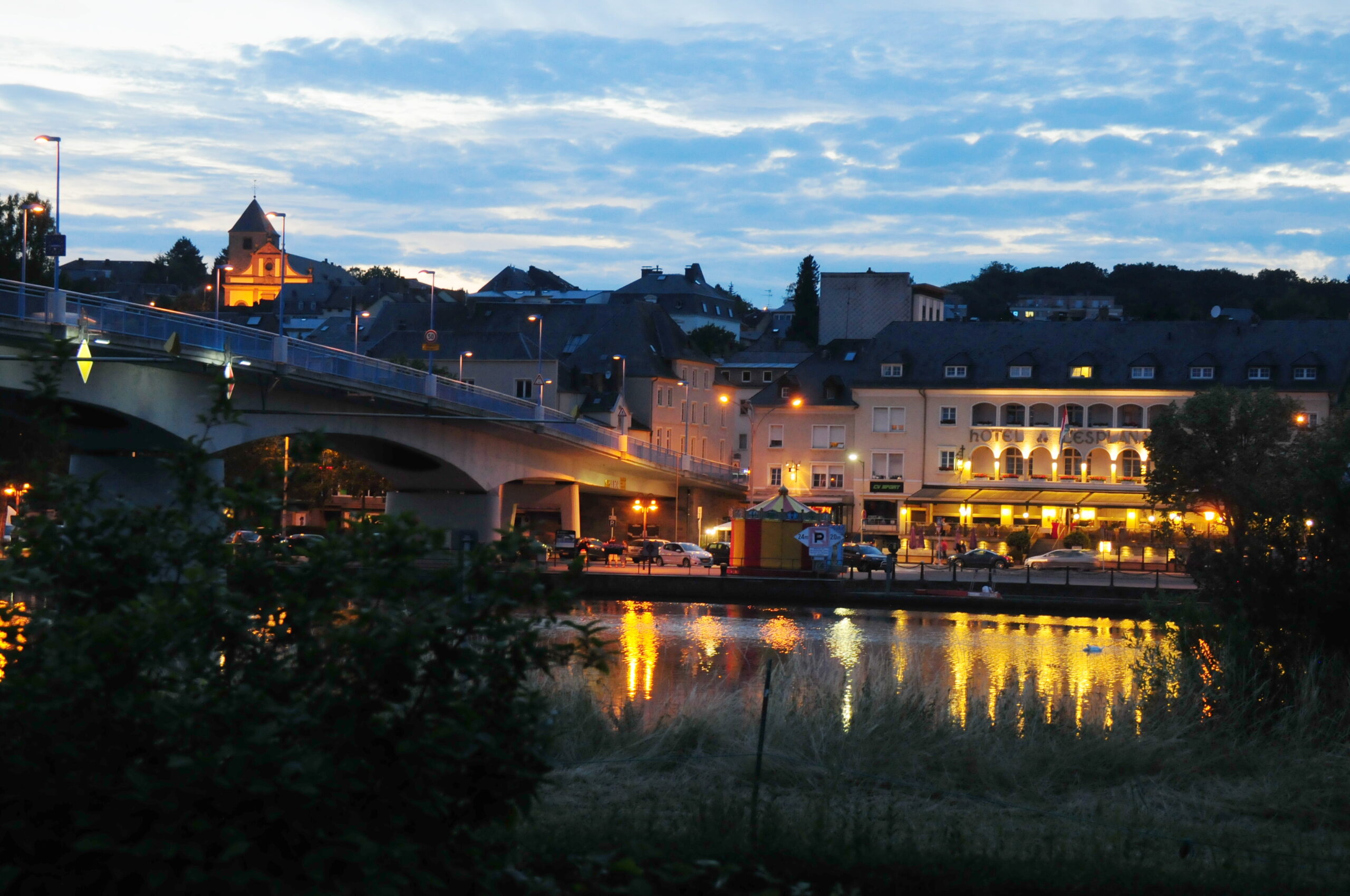
Remich
Before you go 🛩
Important information you should know before your trip
Info
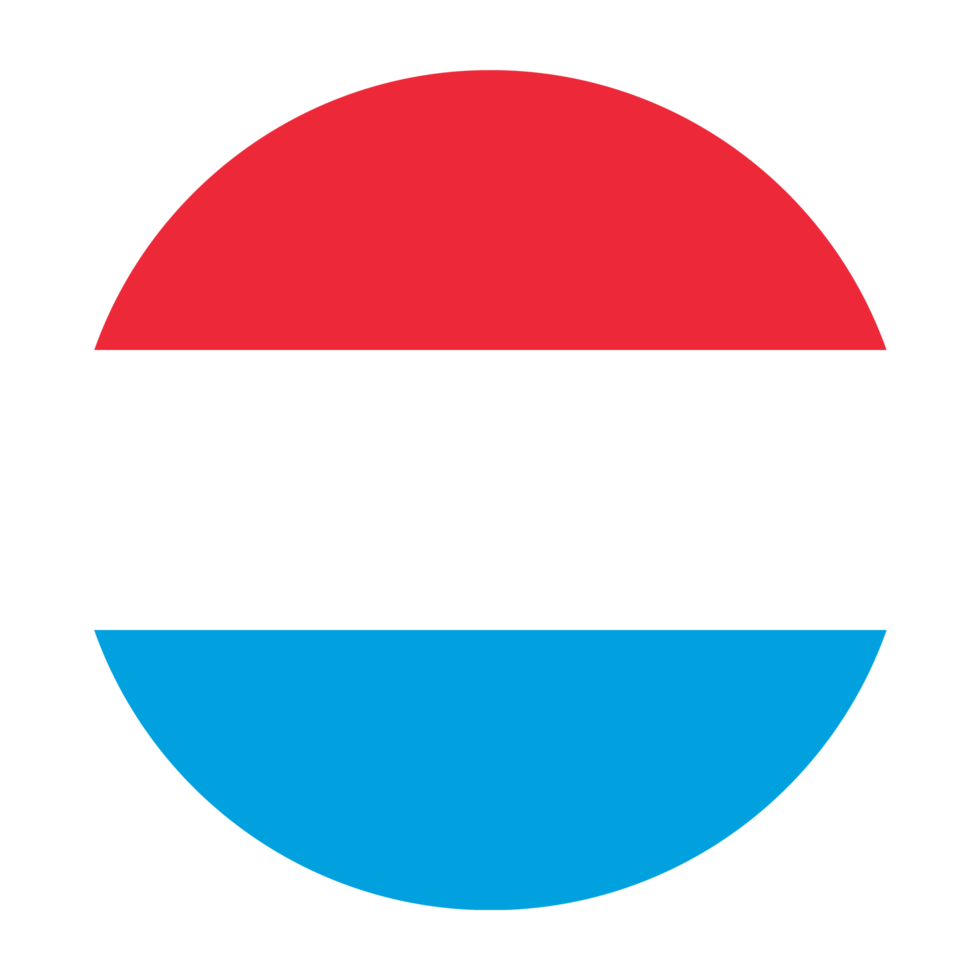
Capital | Luxembourg
Flag Codes:
ISO alpha-2 LU,
ISO alpha-3 LUX
Currency
Badge | Euro
CODE | EUR
NUMBER | 978
SYMBOL | €
FRACTION | Penny
Mobile Coverage
Dialing Code | +352
SIM Card
Coverage | 3G / 4G / 5G |
Mobile Networks | Orange | POST | Tango |
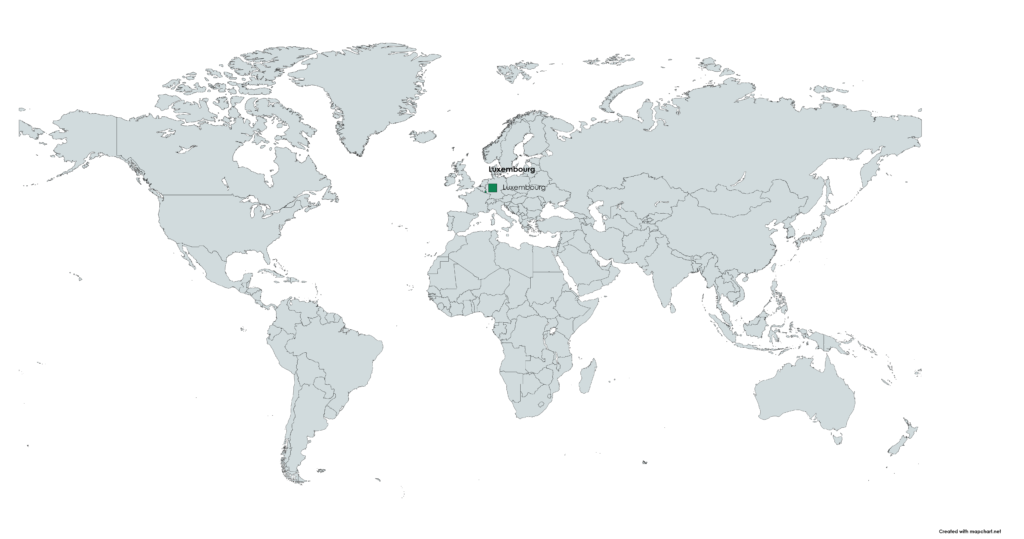
Location
Luxembourg is a small landlocked country located in Western Europe, bordered by Belgium to the west, Germany to the east and north, and France to the south. It is one of the smallest countries in Europe, with an area of just over 2,500 square kilometers (about 1,000 square miles). The capital city of Luxembourg is also called Luxembourg, and it is located in the southern part of the country.
Currency
The currency of Luxembourg is the Euro (EUR).
Since January 1, 2002, Luxembourg has used the euro as its official currency.
Before that, the currency used was the Luxembourg Franc (LUF).
Languages
The official and national language of Luxembourg is Luxembourgish, which is a Germanic language spoken by around 60% of the population. However, French is also an official language and widely used in public administration and business. German is another co-official language and is also widely spoken. In some cases, Portuguese and English are also used in business and tourism communication.
Most Luxembourgers are bilingual and use Luxembourgish and French in daily life. Furthermore, due to the proximity to Germany, German is commonly spoken in the country and is an important language in the economic and business fields.
Climate 🌡
Luxembourg has a temperate oceanic climate, characterized by mild to cool winters and warm summers. The climate is influenced by the North Atlantic Ocean and the Gulf Stream, which bring in moisture and moderate temperatures.
The average temperature in Luxembourg ranges from 0°C (32°F) in January to 23°C (73°F) in July, with some regional variation. The northern part of the country tends to be cooler and wetter, while the southern part is warmer and drier.
Rainfall is relatively evenly distributed throughout the year, with an annual average of around 800-900 mm (31-35 inches). The wettest months are typically May and June, while the driest months are February and March.
Snowfall is common in the winter months, although the amount of snow can vary from year to year. The highest snowfall usually occurs in the northern part of the country, where there are higher elevations.
Luxembourg travel tips
If you’re planning a trip to Luxembourg, here are some travel tips to enhance your experience:
Multicultural Marvel:
Embrace Luxembourg’s diverse culture with its blend of French, German, and Luxembourgish influences.
Schengen Agreement:
Reflect on the historical significance of the Schengen Agreement at the village of Schengen, where European borders were opened.
Luxembourg Gardens:
Relax in the city’s beautiful parks, such as Parc Municipal, offering tranquility amidst urban life.
Biking Trails:
Explore Luxembourg’s scenic countryside on well-marked biking trails, suitable for various skill levels.
Transportation:
Navigate the country with ease using its efficient public transportation system, including trains and buses. View Guide.
City Vibes:
Discover Luxembourg City’s UNESCO-listed old town, modern financial district, and stunning parks along the Alzette River.
Safety Awareness:
Enjoy the country’s high safety standards, but stay vigilant in urban areas to ensure a worry-free visit.
Enjoy your time in Luxembourg!

The best of the best
Luxembourg’s cuisine is heavily influenced by its neighboring countries, such as France, Belgium, and Germany, as well as its own culinary traditions.
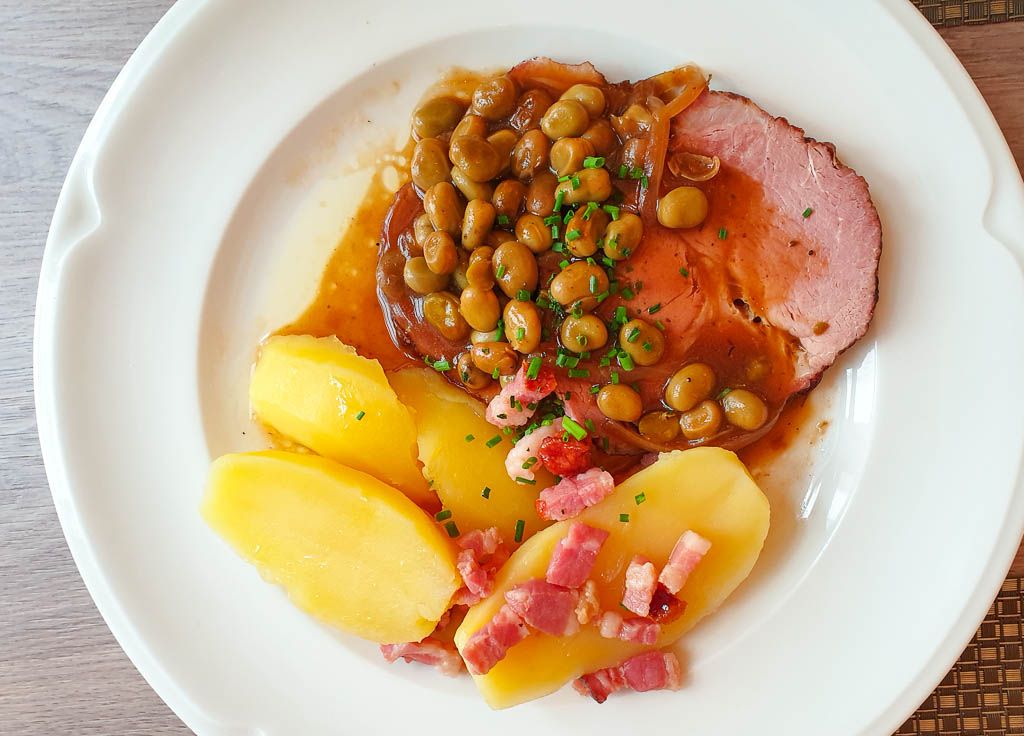
Judd mat Gaardebounen
Smoked pork collar served with broad beans and potatoes, often considered the national dish of Luxembourg.
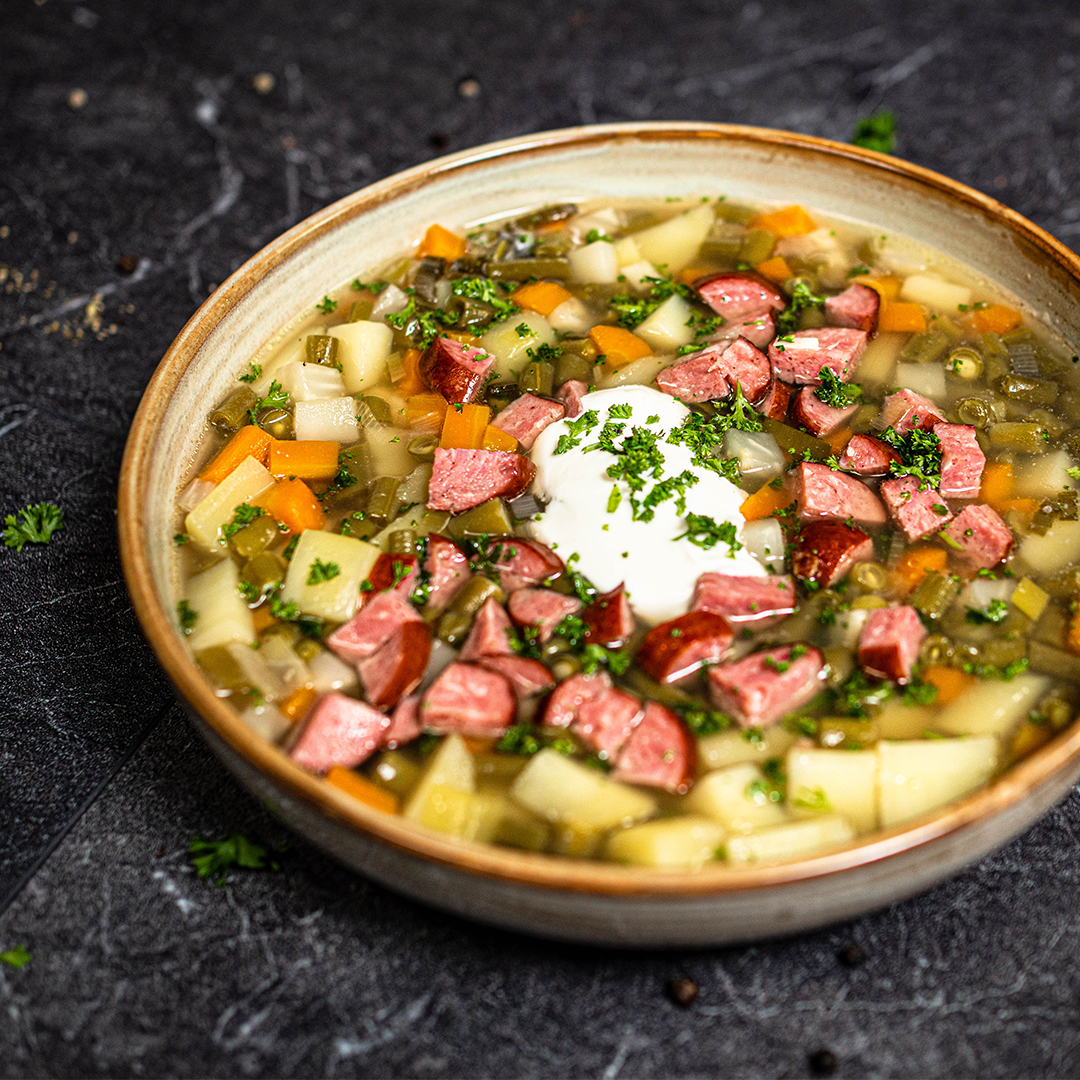
Bouneschlupp
A soup made with green beans, potatoes, onions, and bacon.
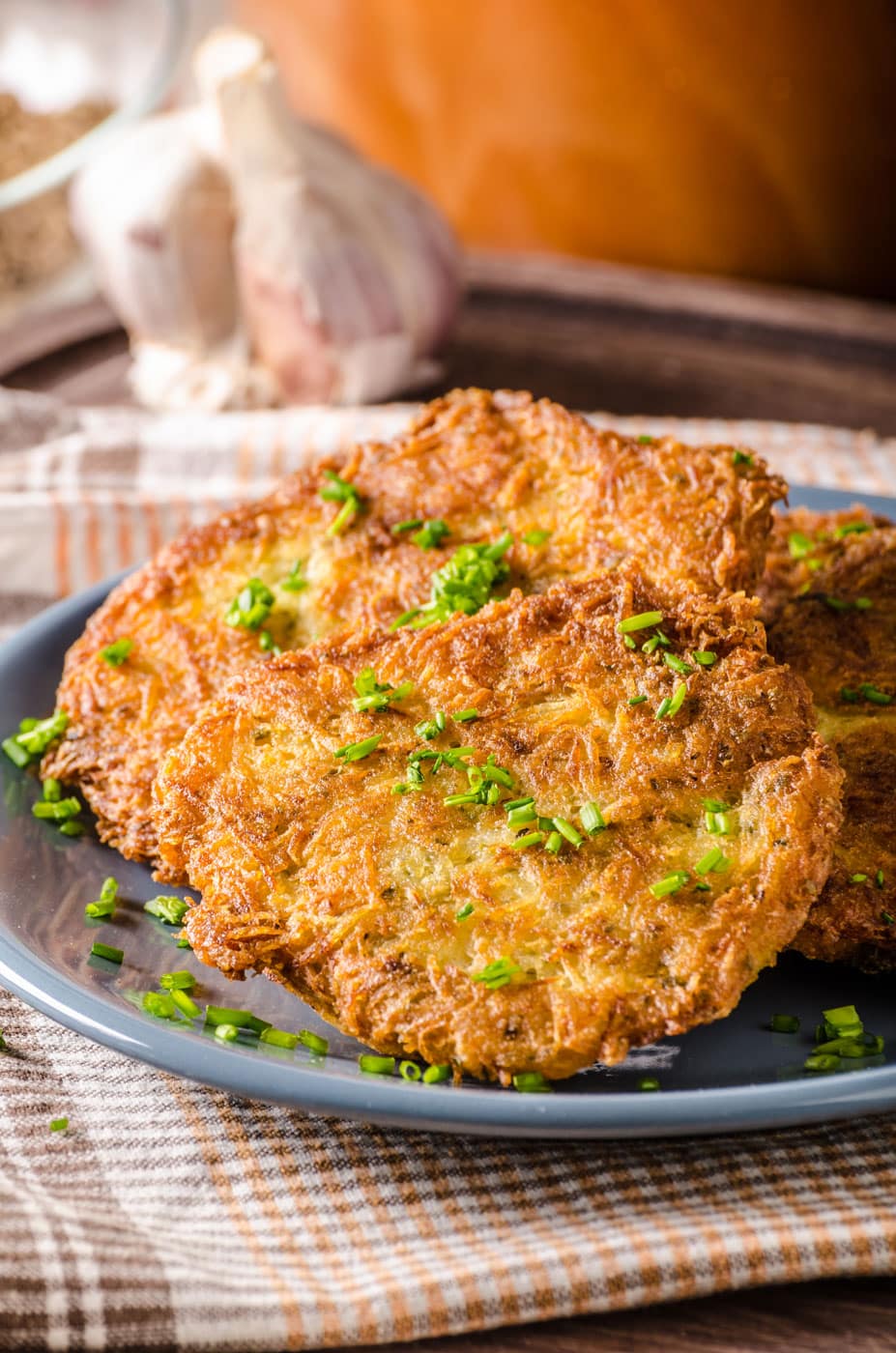
Gromperekichelcher
Crispy potato fritters that are often served as a snack or appetizer.
Here are some typical foods and dishes of Luxembourg:
Kniddelen – a type of Luxembourgish dumpling made from flour, eggs, and water, often served with bacon and onions.
Kachkéis – a soft, spreadable cheese made from cow’s milk, often served on bread or with potatoes.
F’rell am Rèisleck – trout cooked in a creamy white wine and shallot sauce.
Quetschentaart – a traditional Luxembourgish plum tart made with a buttery crust and a sweet, tangy plum filling.
Rieslingspaschtéit – a savory pie made with a flaky crust and filled with pork or chicken in a creamy white wine sauce.
Traipen – a type of blood sausage made with pork, spices, and blood.
Bretzel – a traditional soft pretzel often served as a snack or with a meal.
These are just a few examples of the many delicious dishes that make up Luxembourg’s culinary traditions.
Transportation 🚥
More information about this country
Choose your destination 📍🗺
Useful Links ✅



